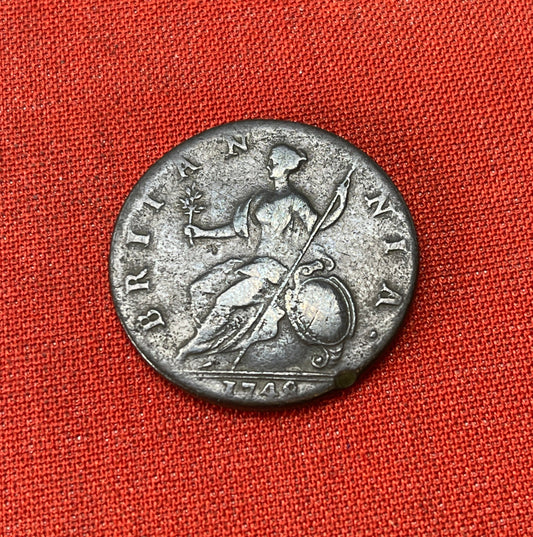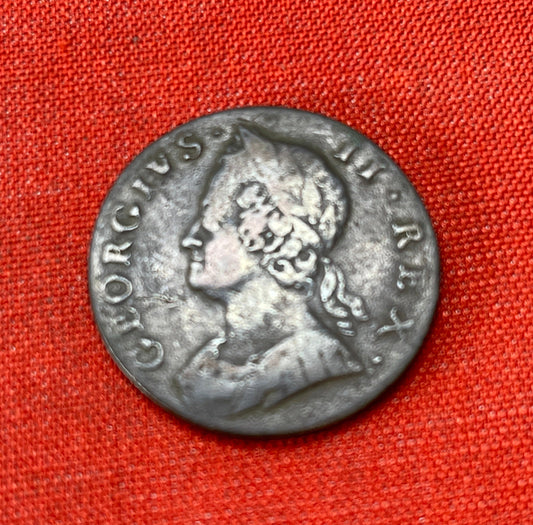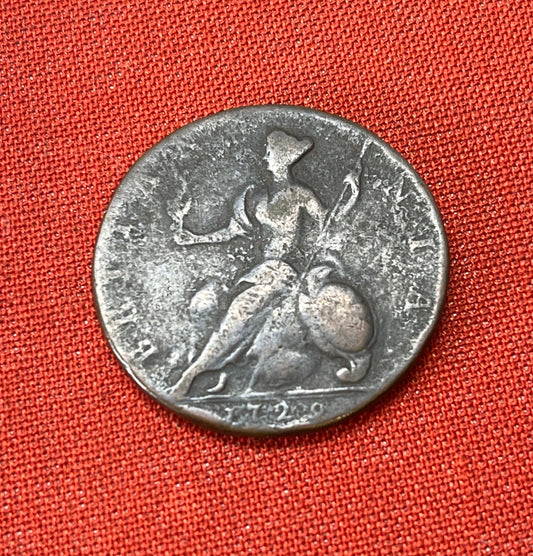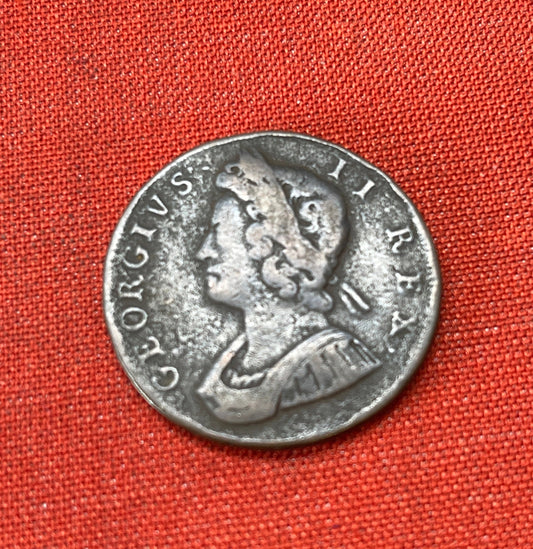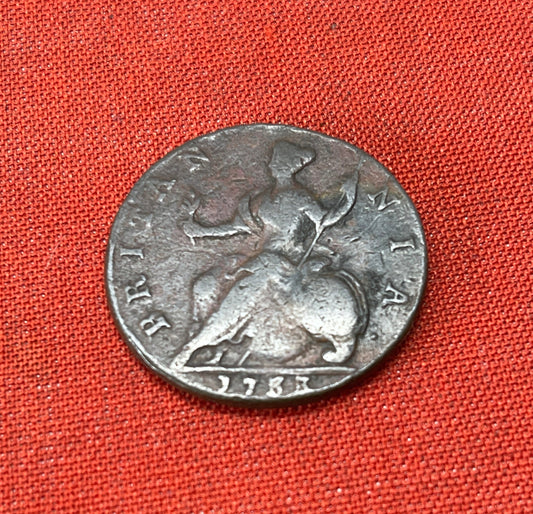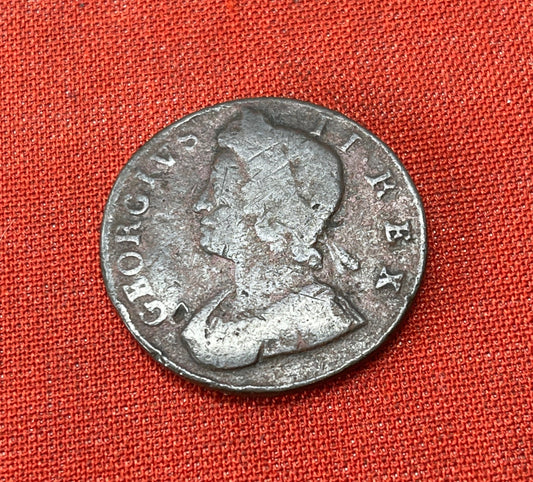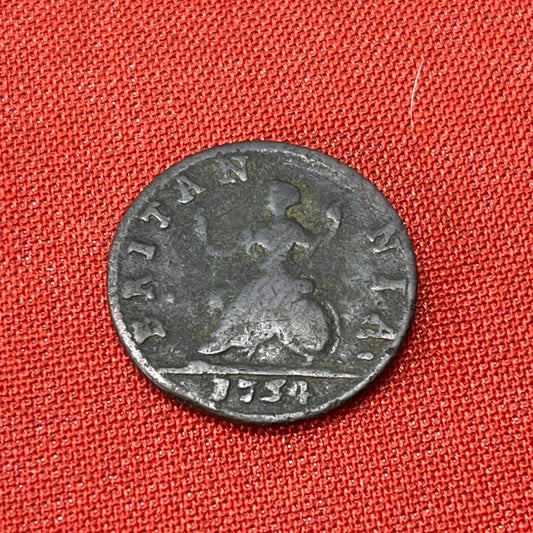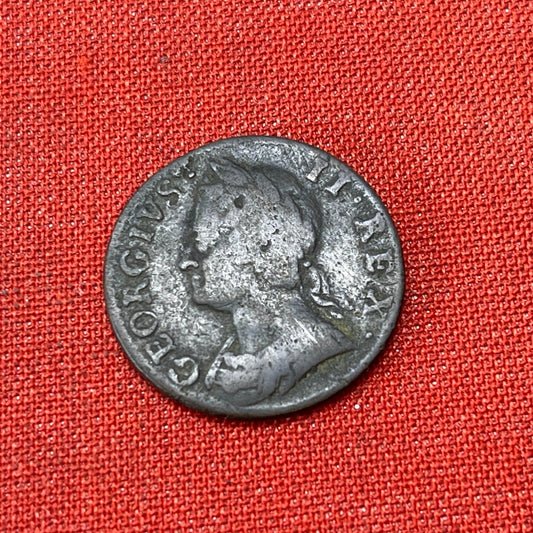Collection: King George II Coins 1727-1760
King George II's reign from 1727 to 1760 saw various developments in British coinage. The coin designs during his reign were largely consistent with those of his father, George I. The most common denominations, such as the penny, halfpenny, and farthing, featured the King's effigy on the obverse and the denomination on the reverse. However, George II's reign witnessed an interesting numismatic innovation—the introduction of the first milled coins in Britain. Prior to this, most coins were hammered, but during George II's reign, the Royal Mint adopted the new milling process, which produced coins with uniform edges and more precise designs. The gold guinea and half-guinea, along with the silver crown and half-crown, were also important denominations minted during this period. King George II's coinage represents a time of transition in minting technology and reflects the continuity of the British currency during an era marked by political and economic changes.

